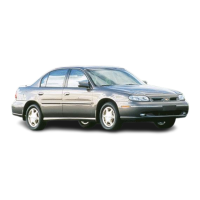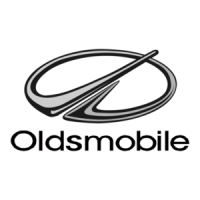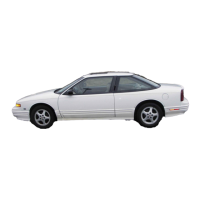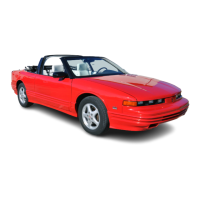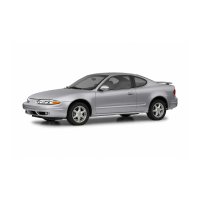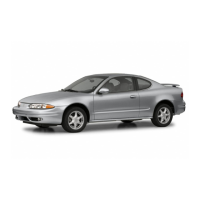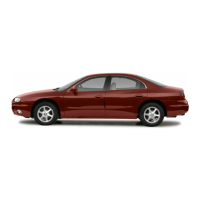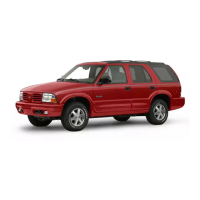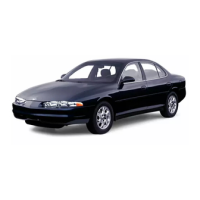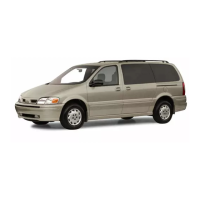•
If
fluid is warmed
up
(about 150° F
or
66° C -
hot
to
the
touch),
it
should
be
between
"HOT"
and ''COLD'' marks
on
the filler cap indicator.
•
If
cool (about
70°
F or
21°C),
fluid
should
be
between
"ADD"
and
''COLD''
marks.
Fluid does
not
require periodic changing.
TIRES
The tir.es installed
on
your car are
engineered
to
provide a proper balance
of
these performance characteristics under
normal driving conditions:
70
• Endurance
• Road Hazard Resistance
• Handling
• Rolling Resistance
• Noise
• Traction
• Ride
• Tread Mileage
This section contains some tips
on
how
you can obtain
the
most benefit from these
tires.
VEHICLE
LOADING-The
tires
on
your
car will perform well
at
all normal loads
when inflated
a.s
recommended
on
the Tire
Placard (located
on
the left front door
of
your car). Do
not
lood your car beyond
the
lood limits (total
pounds
or kilograms)
shown on the Tire Placard. This placard
LUGGAGE/CARGO CAPACITY
Body Maximum Cargo
Style Compartment Load
Sedan
Coupe
Wagon
Pounds
160
160
200
Kilograms
72.6
72.6
90.7
NOTICE: Total combined weight
of
trunk
compartment load,
luggage
rock
load
(if
so
equipped) and
passengers
must not exceed the
vehicle capacity weight shown on the Tire
Placard
on
the left front door.
Typical
Tire
Placard
Located
On
The
Left
Front
Door
of
Your
Car
tells
you
the
design limits
of
the
car, not
just
of
the tires.
Station
wagon loads
should
be
moved as far forward
as
possible.
Luggage racks do not increase the
maximum vehicle load limits shown
on
the
Tire Placard.
NOTICE:
If
tires are other than load
range
B
(or standard load
range
for metric size tires),
the
load
range
will appear after the tire size
stated on the
Tire
Phcard. For example:
BR78-13/C isa load
range
Ctire.
INFLATION
PRESSURE-The
cold
inflation pressures listed
on
the Tire
Placard provide for
the
best balance
of
tire
life, riding comfort, and vehicle handling
under normal driving conditions.
Use
of
the highest pressures shown
on
the placard
will result in improved fuel economy. For
those owners
who
prefer the utmost in
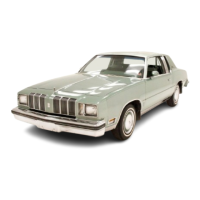
